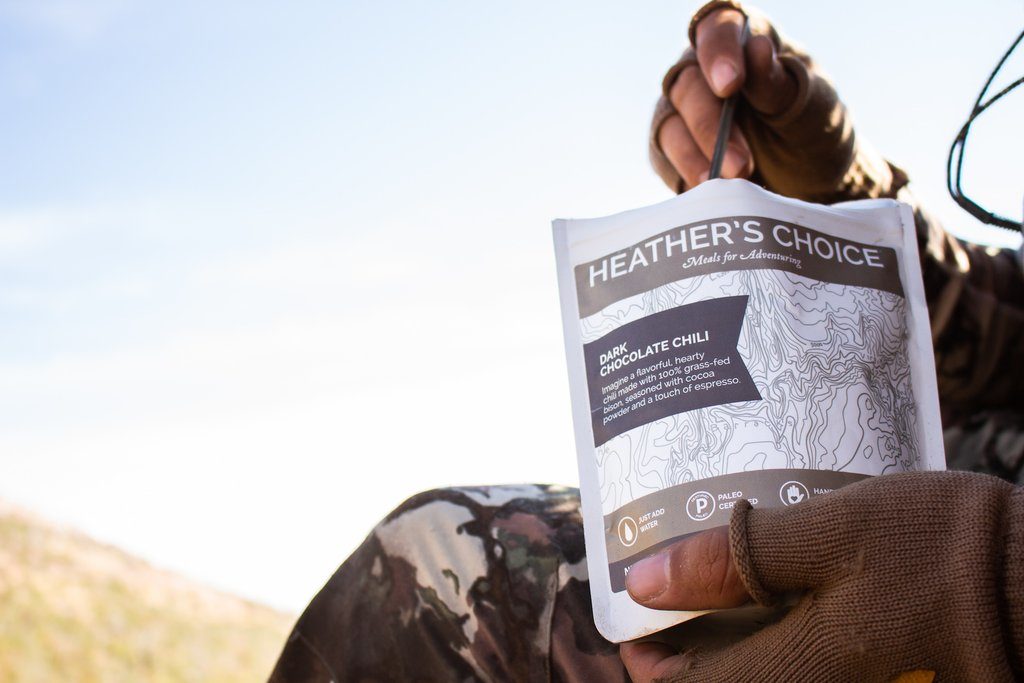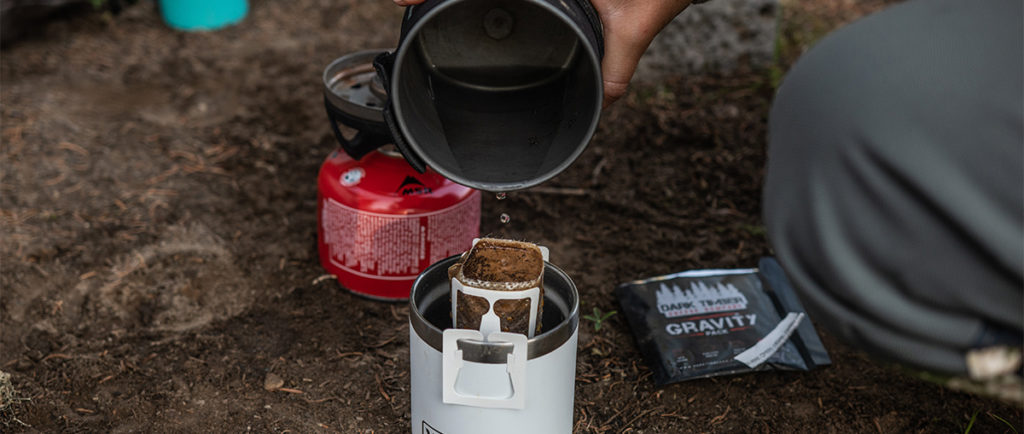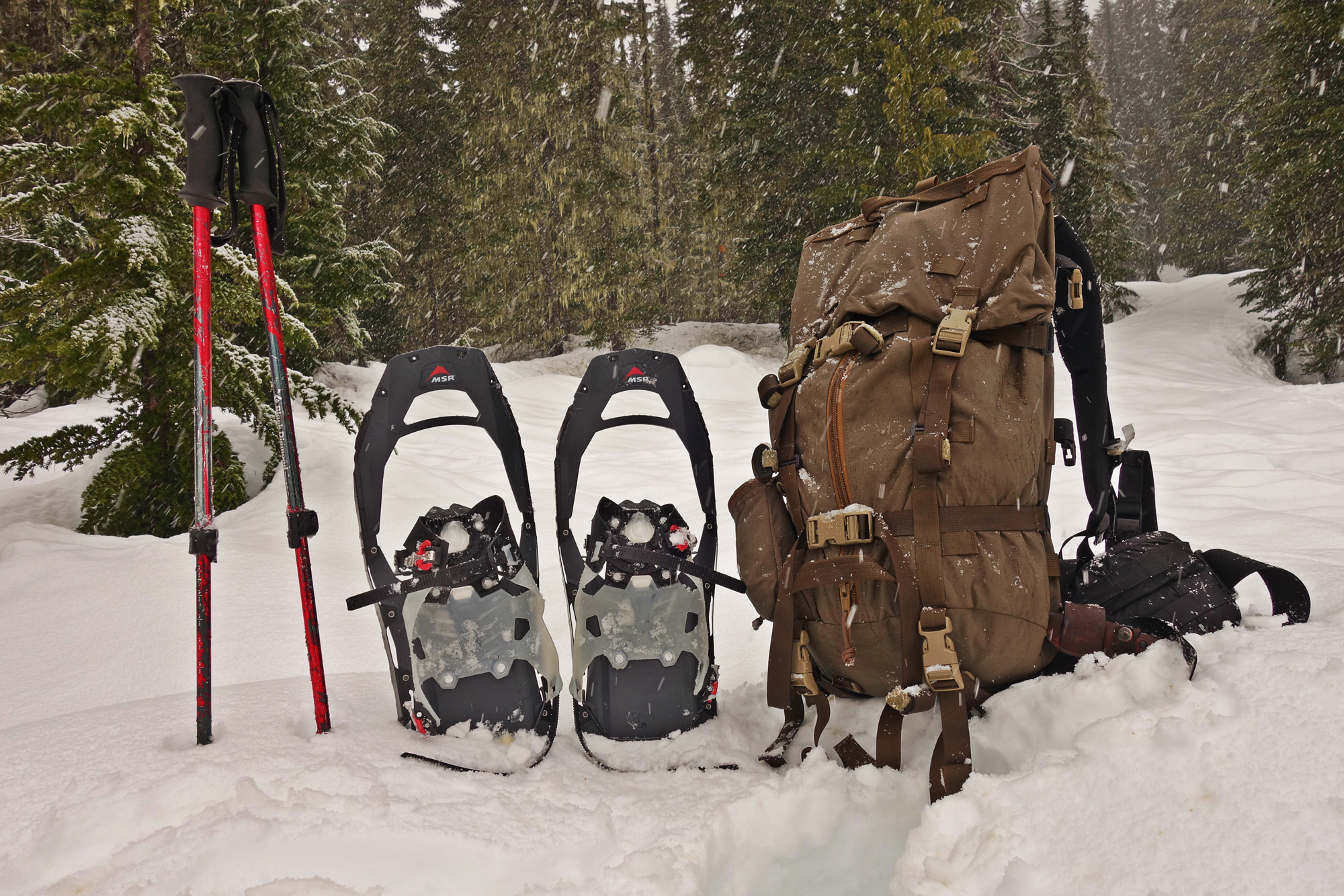Nutrition in the Backcountry
Meal planning to maintain athletic endurance in the backcountry
It’s fun to obsess over your backcountry gear; the newest and lightest backpacks and sleeping bags, and technical layers from our favorite brands. But for some reason, strategizing our calories, macronutrients, and micronutrients doesn’t hold the same thrill for many people. And this is a shame because without proper meal planning, you won’t have the energy or enthusiasm to enjoy all that fun equipment you spend months researching and saving for. In this post we’re going to take a look at several meal planning strategies to help you maintain your athletic endurance in the backcountry and avoid hiker hunger.
1. Micromanage Your Macronutrients
What are macronutrients? All of the foods we eat are broken down by our bodies into three macronutrient categories; carbohydrates (fruits, vegetables, grains, sugars, etc), protein (meat, eggs, etc), and fat. We need a healthy ratio of all three to avoid fatigue in the backcountry.
When meal planning for the backcountry, be sure to read the nutrition labels on your products and plan to consume products rich in protein and healthy fats. Use this handy backcountry meal planning worksheet to total the macronutrient value of your menu!
2. Maintain Your Electrolytes
Just as important as the macronutrients we consume are the micronutrients our body craves to maintain athletic endurance. Micronutrients are the vitamins and minerals found in electrolytes that support our wellbeing. That’s why you might find yourself craving a beverage with supplemental electrolytes after a grueling hike or workout.
Set your body up for success by keeping your electrolytes in plentiful supply while you’re in the backcountry. Refreshing drink mixes like the Wilderness Athlete Hydrate & Recover packets make it easy!
3. Boost Your Caloric Intake
How much food are you going to need to eat in the backcountry? That’s a great question! Use a fitness tracking app (like Myfitnesspal or FitBit) to track how many calories you normally consume in a given day.
You will want to increase this by 50-100% for the backcountry! The means, if you normally eat 2,000 calories a day, plan to consume 3,000-4,000 calories a day to maintain athletic stamina in the wilderness.
4. Pass The Protein

We’ve already mentioned the value of eating a balanced ratio of carbohydrates, protein, and healthy fats, but the value of consuming protein in the backcountry really cannot be overstated. Protein provides the amino acids our bodies need to prevent muscle wasting, fatigue, and exhaustion.
Did you know endurance runners can actually fall asleep mid-run if they haven’t consumed enough protein?
5. Stay Hydrated, Seriously
We’ve all heard the terrifying idiom, “By the time you feel thirsty, you’re already dehydrated.” If that doesn’t light a fire under your pants to stay well hydrated in the backcountry, then just wait for your first experience flirting with dehydration. Dizzy, lightheaded, exhausted. You’ll wonder where it all went wrong. Encourage yourself to stay hydrated by sporting a hydration bladder with an easily accessible straw or incentivizing yourself with a yummy drink mix.
6.Coffee; just enough, but not too much!

Here comes my favorite tip! Who doesn’t love to wake up to a hot cup of joe in the backcountry? Strategically dosing caffeine throughout the day can help you fight fatigue in the most delicious way possible, however, it’s a thin line between not enough and too much. Half a cup of coffee or less is the effective dose for athletic performance. Anything more than that can have adverse effects. Try drinking one cup of coffee in the morning and one in the afternoon to maintain mood and energy during your final push into camp. The new DarkTimber Gravity Packs are perfect for the backcountry.
-Heather






